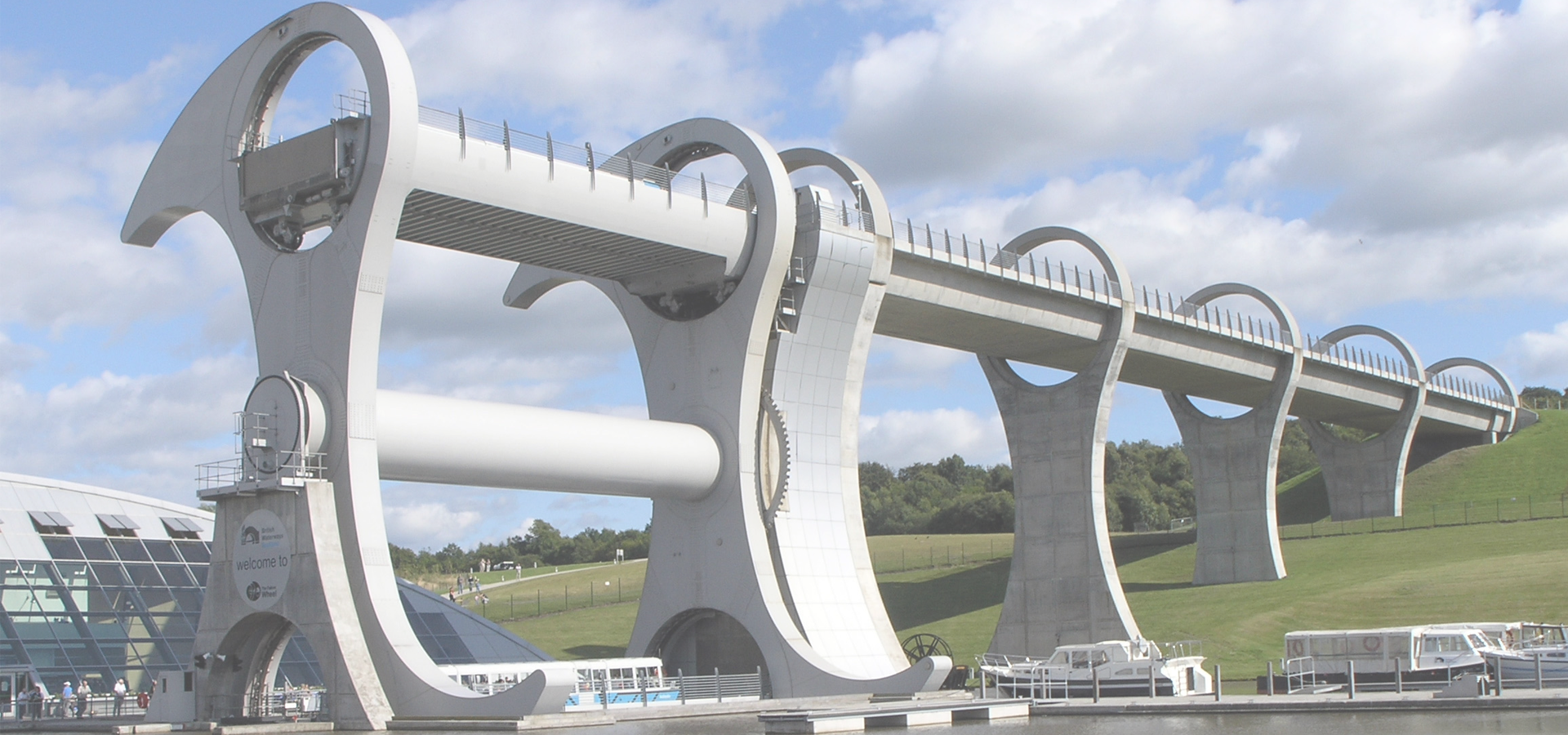🏴 Architect Harry Lawrence Dighton Pearson is associated with Bo'ness. He was elected a Fellow of the Royal Institute of British Architects (FRIBA) in 1907.
Bo'ness, Falkirk, Scotland, United Kingdom
🏴 Borrowstounness (commonly known as Bo'ness (/boʊˈnɛs/ boh-NESS)) is a town and former burgh and seaport on the south bank of the Firth of Forth in the Central Lowlands of Scotland. Historically part of the county of West Lothian, it is a place within the Falkirk council area, 17 miles (27 kilometres) north-west of Edinburgh and 6+3⁄4 miles (11 kilometres) east of Falkirk.
Until the 20th century, Bo'ness was the site of various industrial activities, including coal mining, saltmaking and pottery production. With its location beside the Forth, the town and its harbour grew in importance during the industrial revolution and later continued to grow into the Victorian era. Since the late 20th century, deindustrialisation has changed the nature of the town, with the coal mine closing in 1982 and the waterfront area now being primarily used for leisure purposes. However, some industry remains in the town including an ironworks and a timberyard/sawmill beside the Forth. The centre of the town contains several listed buildings and is part of a conservation area. The town is the home of the Museum of Scottish Railways and also a regional motor museum.
Europe/London/Falkirk

Bo'ness has a population of over 15,100 people. Bo'ness also forms part of the wider Falkirk District which has a population of over 160,340 people. Bo'ness is situated 11 km east of Falkirk.
-
Harry Lawrence Dighton Pearson |
-
Mackay Hugh Baillie Scott |
🏴 Architect/Furniture Designer Mackay Hugh (M.H.) Baillie Scott is associated with Bo'ness. From 1883 to 1885 he studied Scientific Farming and Estate Management at the Royal Agricultural College in Cirencester, Gloucestershire.
